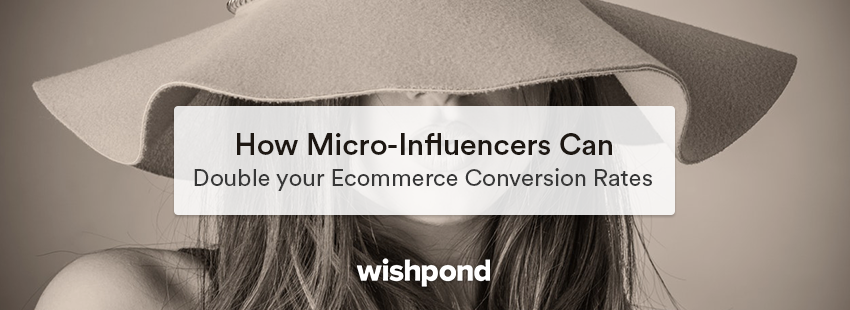Did you know that 1.66 billion people made online purchases in 2017? Global ecommerce revenues are projected to reach $4.48 trillion by 2021.
What do these staggering statistics tell you?
There is huge competition in the ecommerce space. Given that it’s a market ruled by giants like Amazon, Target, and Walmart, it’s easy to get lost in the crowd. Which means that boosting your ecommerce conversion rates is the only surefire way to ensure the profitability of your venture.
Unfortunately, conversion rate optimization is no easy task. However, if you’re a startup in the ecommerce space or have a limited budget, fortunately there’s a simple hack you can use. Micro-influencers.
Yes, you heard that right. Influencers having a relatively smaller number of social media followers – anywhere between 1K and 100K – are a highly engaged bunch. Studies have found that 82% of people are likely to follow the recommendations of micro-influencers in their purchases.
In this post, we’ll take a look at some of the ways micro-influencers can help you boost your ecommerce conversion rates.
How Micro-Influencers Can Boost Your Ecommerce Conversion Rates
Your ecommerce conversion rates can increase only if people trust you enough to want to invest their money in your products. However, winning the trust and loyalty of your customers is quite difficult to achieve – especially if you’re new in the market.
Micro-influencers can be extremely effective at helping you win the trust of your target audiences. Not just that. When you partner with a micro-influencer in your niche, you get visibility among their followers who are your tailor-made target audiences.
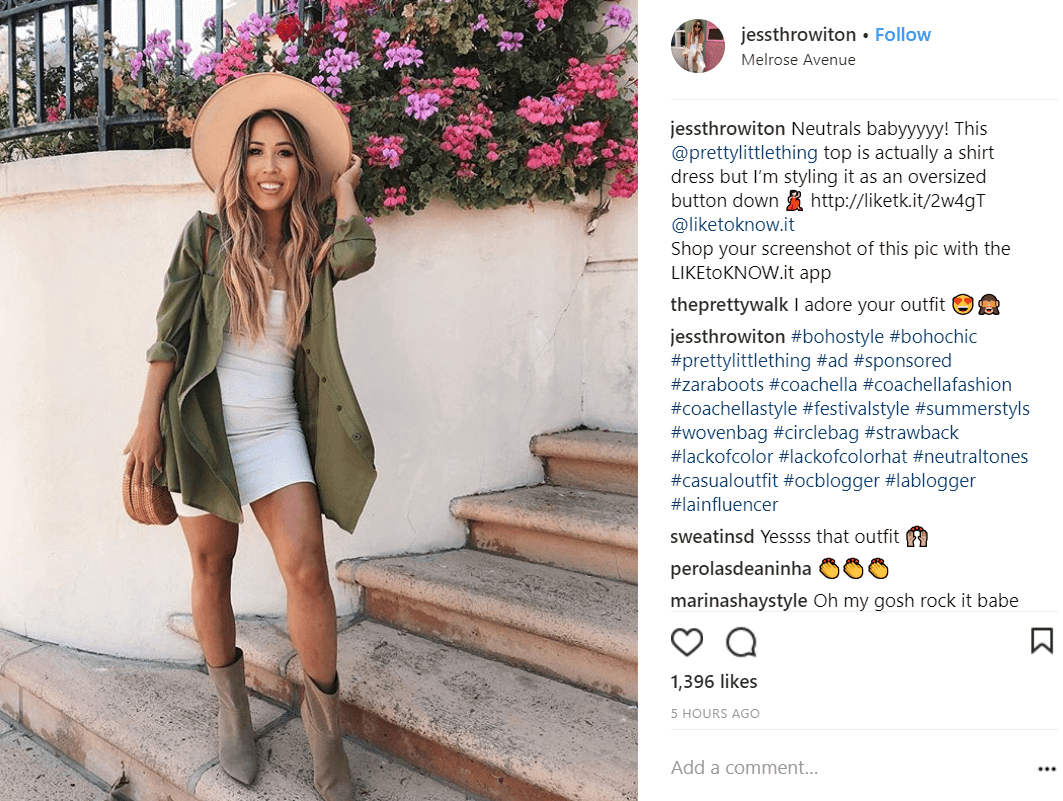
Image via Instagram
These are people who trust and value the micro-influencers’ opinions and recommendations. If the micro-influencer introduces your brand to them and endorses you, they will surely notice you. This can translate to more traffic to your website, more leads, and more conversions.
You need to identify relevant influencers in your niche who have a decent following and engagement rate. Then collaborate with them to promote your ecommerce venture. You can use influencer marketing platforms like Grin to find the right micro-influencers.
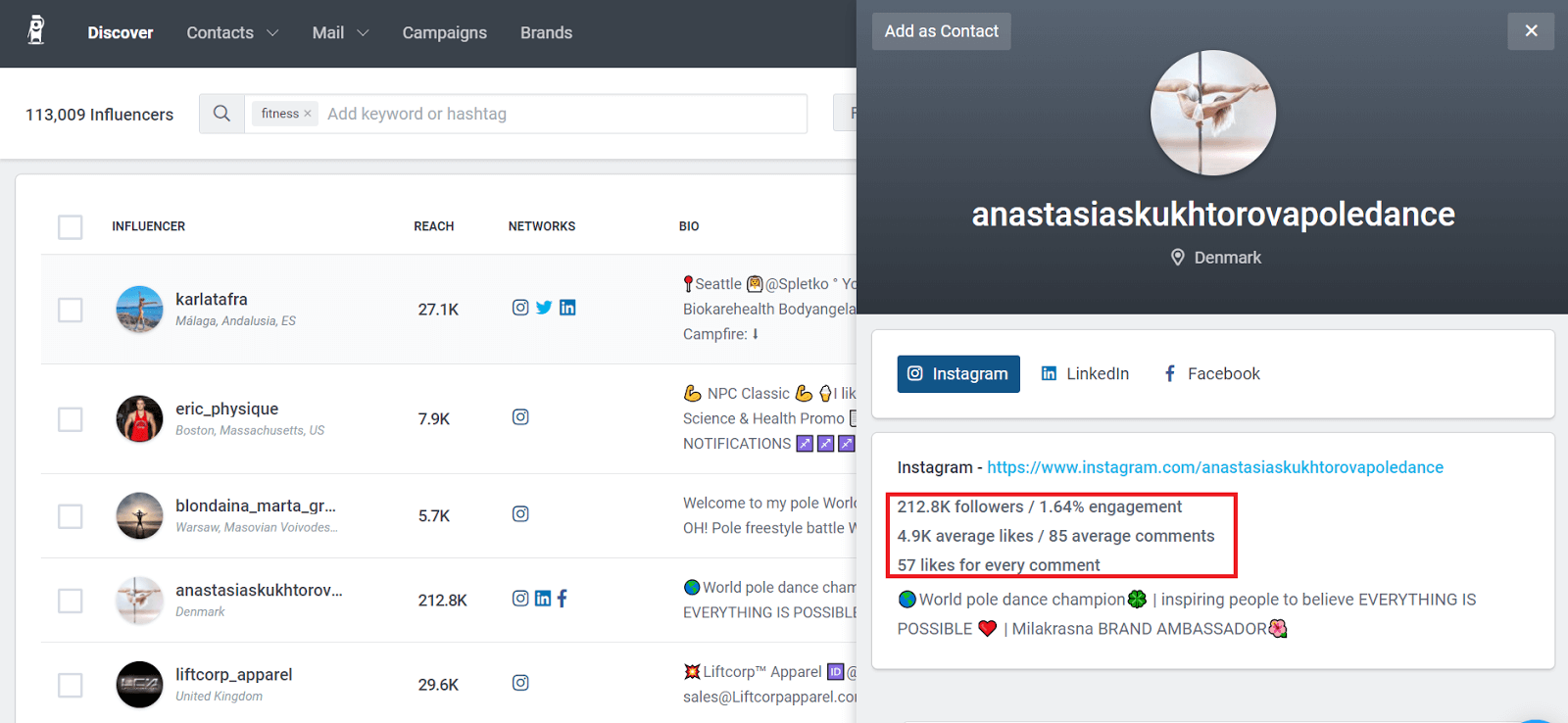
Image via Grin
It allows you to search and filter by category, social platforms, reach, or engagement rates.
Working with micro-influencers will go easy on your pockets too. Most of them charge $250 or less for sponsored Instagram posts, and $500 or less for branded blog posts. What’s even better is that some of them may be willing to work in exchange for free products too.
Let’s take a look at some strategies you can leverage to boost your ecommerce conversion rates with the help of micro-influencers.
1. Honest Product Reviews
No matter how great your products are, consumers are likely to be skeptical about their value. If you’re a brand unfamiliar to them, they’ll be hesitant to buy from you. Who knows if your products will really work?
In such cases, social proof can work miracles. Partner with micro-influencers and ask them to share honest reviews of your products on social media. Share free samples of your products with them and ask them to write blog or social media reviews.
Genuine reviews from trusted micro-influencers can encourage your target audiences to try out your products. This is a great way of increasing your ecommerce conversion rates.
Beauty brand, Glossier, is known to collaborate with a number of beauty micro-influencers. Their honest reviews of these products are extremely effective at getting more women to buy them. Such reviews are sometimes all the proof that people need before they decide to buy from a brand.
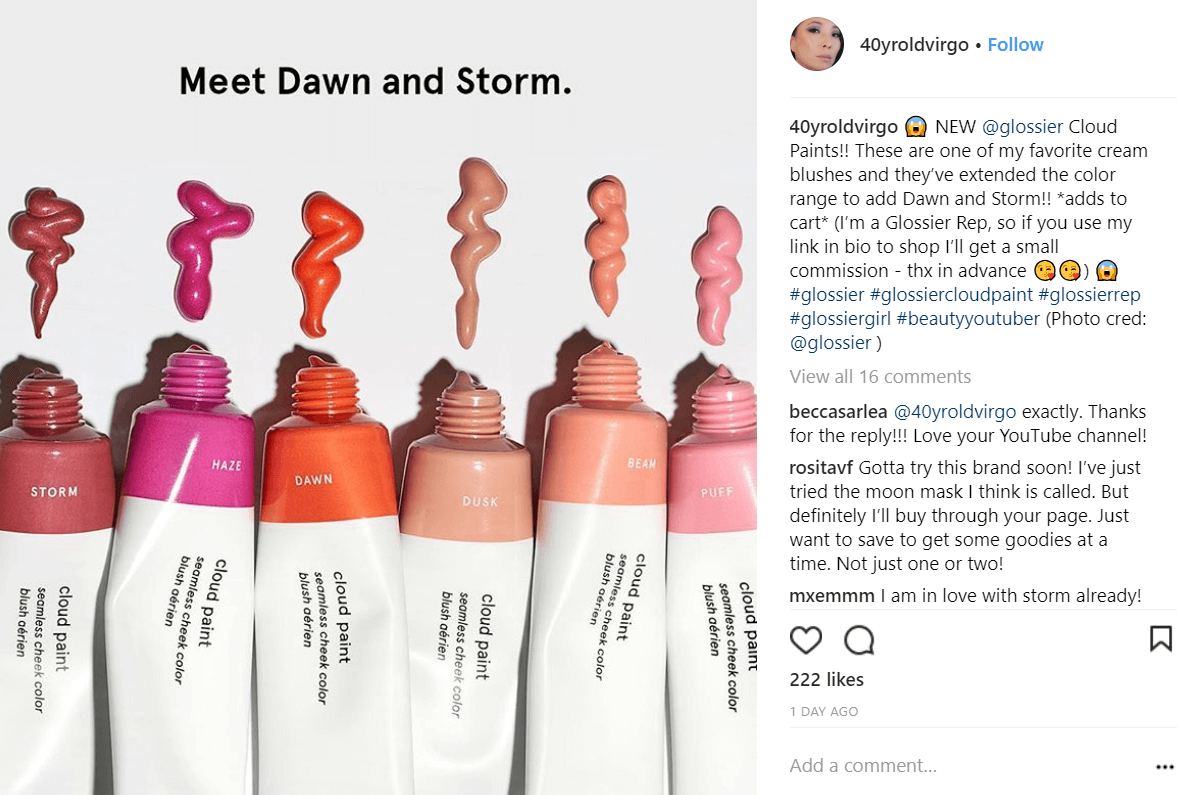
Image via Instagram
2. User-Generated Content with Branded Hashtags
Branded hashtags are a great way to increase your brand awareness and enhance ecommerce conversion rates. Create a unique hashtag for your brand and share it with your micro-influencers. Ask them to encourage their followers to post their photos of your products using the hashtag.
This can work wonders to boost your brand awareness. If you couple this with some sort of incentive for your audiences – such as the chance of winning a free product, you’ll soon see a lot of people starting to use your hashtags. This can lead to greater traffic to your website and greater conversions too.
Watchmaker, Daniel Wellington, has been using this strategy and been extremely successful with it too. On one hand, they encourage their followers to post their photos of Daniel Wellington watches using their branded hashtags.
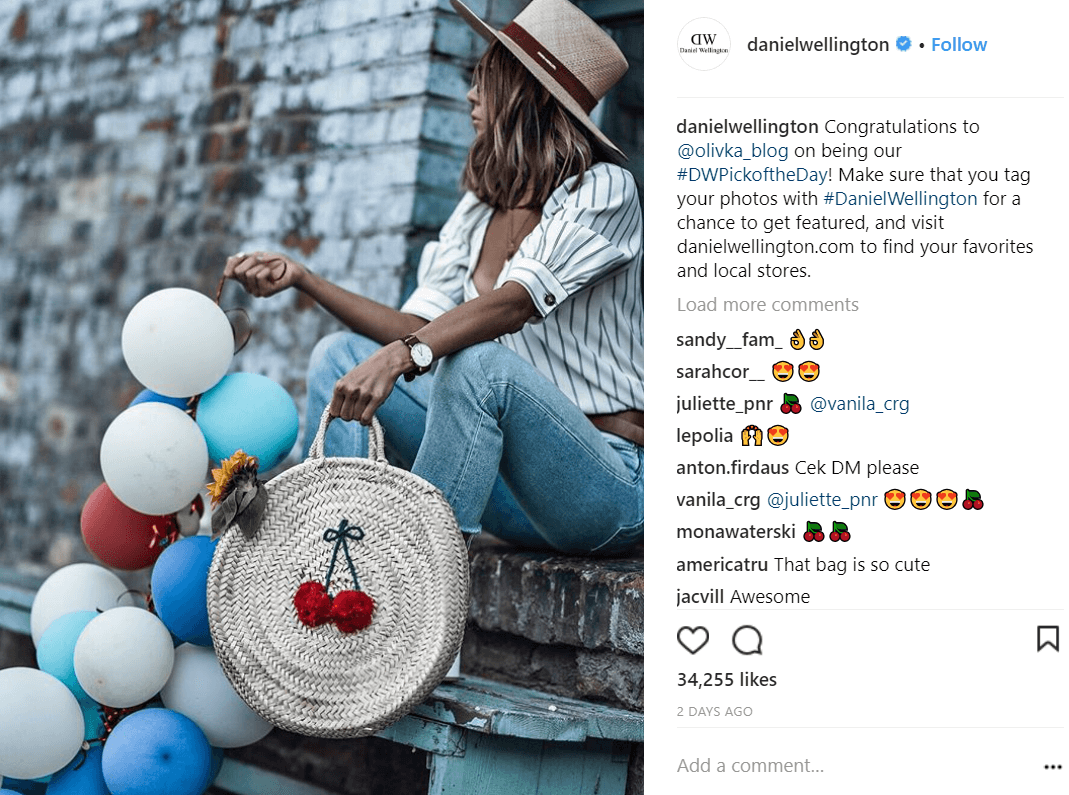
Image via Instagram
They also gift their micro-influencers free watches and ask them to promote them on social media using the branded hashtags. Most of them also share a unique discount code for their followers. This helps grab more eyeballs, and in effect, increase conversions.
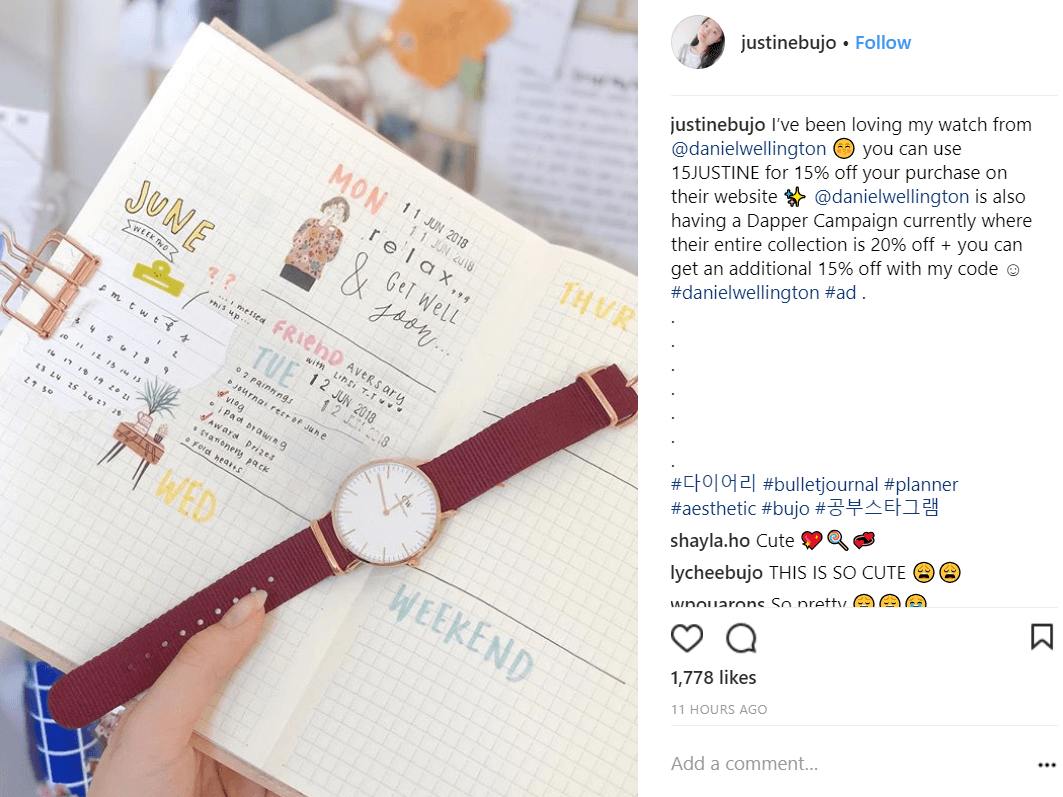
Image via Instagram
3. Discount Codes or Affiliate Links
If you’re a business owner, you know that many times your audiences may show interest in a product but eventually don’t purchase it. If you choose to do nothing about it, you’re losing out on some major opportunities. Partnering with micro-influencers can help you convert their interest into purchases.
But how do you do this? By offering something lucrative that will tempt them to make a purchase. You can share discount codes or affiliate links with your influencers which they can share with their followers when promoting your products. These can be very effective at boosting your ecommerce conversion rates.

Image via Instagram
Followers of a micro-influencers are highly engaged. So their chances of taking an action recommended by the micro-influencer is quite high.
For the best results, offer a commission to your micro-influencer for every sale you make from their leads. The use of custom discount codes or affiliate links makes it very easy to track such sales so you can compensate them accordingly. They will also help you track the performance of your campaign.
Final Thoughts
Leveraging micro-influencers can be a great way to boost your ecommerce conversion rates. However, you must keep a few things in mind when partnering with them.
Allow them complete creative freedom while they create content for your campaigns. If your content guidelines are too restrictive, it can mess with their natural flair and authenticity. This can not only ruin your relationships with them but also negatively impact your campaign results.
Another very important thing to note, is to offer them fair compensation. This will keep them motivated and invested in your campaign so they can deliver their best work.
Also, make sure that your influencers clearly disclose the details of their partnership with you in adherence to FTC guidelines.
Can you think of any other ways to increase your ecommerce conversion rates with the help of micro-influencers? Please feel free to share them in the comments below!

About the Author:
Brian Mechem is COO and Co-Founder of Grin, a software solution for companies who run influencer marketing programs. Grin’s software powers some of the best influencer programs in the world, providing insights on ROI and adding efficiency to the influencer marketing process.

